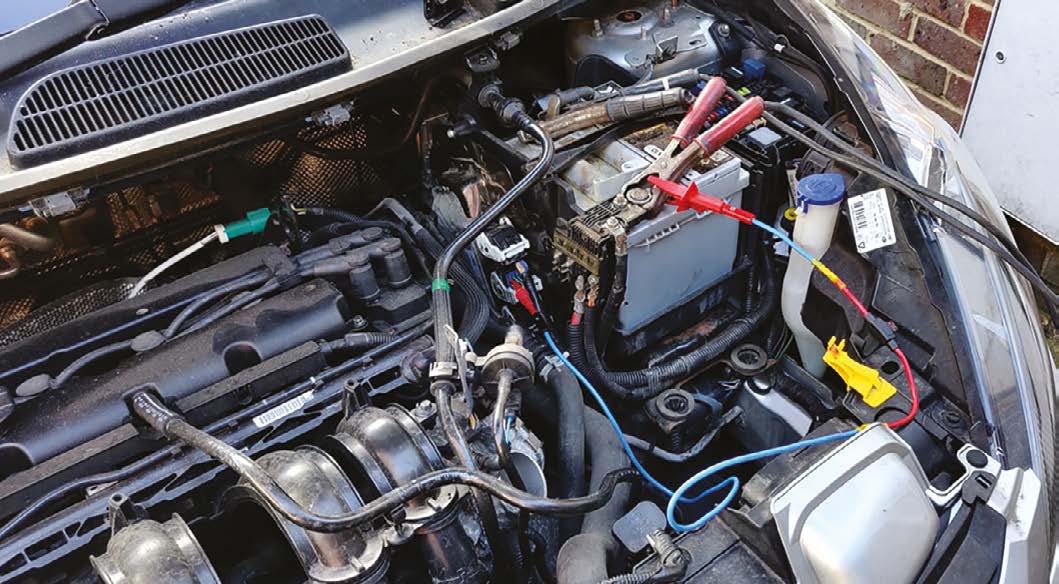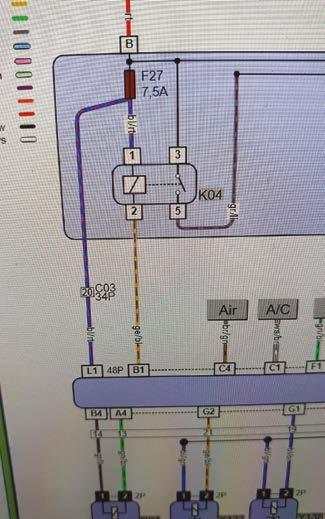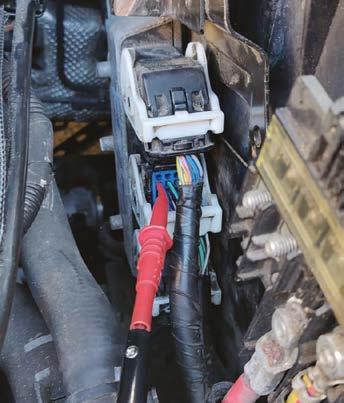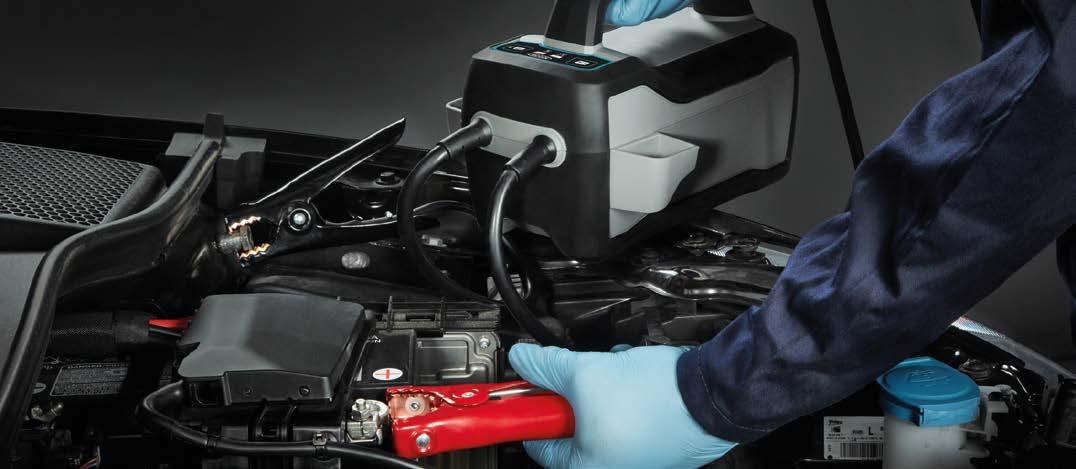
3 minute read
Fault to Fix: Ford Fiesta non-start
Figure 2
Case study: Ford Fiesta
EDWARD GRIGG OF SWANLEY GARAGE SERVICES, WITH THE HELP OF TRAINER STEVE SCOTT OF SIMPLY DIAG, IS CALLED OUT TO INVESTIGATE A NONSTART AND A CUSTOMER’S ATTEMPT AT GOOGLE DIAGNOSTICS
We had a request to attend a non-start at a customer’s house. This is not something I usually offer but as Steve was with me, we decided to tackle this job, mobile.
The customer had parked their car for several days. The battery had gone flat and after recharging the battery the car refused to start. The customer took to Google to see what the problem could be. He read that he should change the instrument cluster along with the PCM, key and barrel – none of which fixed the fault. He had been trying for months to acquire codes to program the immobiliser and also sent off their instrument cluster to an electronic repair specialist. Unfortunately, every avenue the customer explored, failed. Before attending the job, I asked the customer to fit all the original parts back on so that I could make a fresh start on it.
We turned on the ignition and tried to start the car. The ignition came on, but the PATS light flashed and would not start. We noticed that the engine light did not illuminate – this is a tell-tale sign that the PCM (engine control module) is not communicating. We carried out a global scan of the vehicle, something we do on all diagnostic jobs in order to evaluate the full picture. We could see from the scan that we had lost communication with the whole of the powertrain CAN. We opened the bonnet to access the under-bonnet fuse box. We checked the fuses for engine management, and they were all dead.

At this point, we felt that we should seek some technical information and formulate a plan of how we were going to tackle the problem. We pulled up a wiring diagram using the Hella information system. We could see that the engine management fuses were only live after the main relay was energised. We located the relay and tested it. The relay was good, but it wasn’t being energised Figure 1 when the ignition was turned on. We had power to the relay, but the engine ECU wasn’t providing the earth path required for the relay to operate correctly.
We decided to check the power and grounds to the PCM. We found that the PCM was missing one of the live feeds, the blue and red one that you can see in the diagram next to the relay, see Figure

1. We tested the wire from the fuse box to the PCM using the volt drop technique. We found that we had an 11 volt drop in the cable. We opened up the wiring harness loom and located a corroded wire, see Figure 2. This was causing our volt drop. We carried out a repair and as soon as it was complete, the relay jumped into action and the PCM powered up.
We attempted to start the car but unfortunately the PATS light was still flashing and the car refused. We plugged in the Artipad along with our OSCA dongle and carried out a PATS alignment. Once complete, I turned the key and the PATS light extinguished as it should. I turned to position 3 and the car started.
This was used as a bypass to prove the fault.


We managed to complete the diagnosis and repair in under an hour, along with the programming. This is something that the customer was unable to do in several months, despite being fully qualified.
It just goes to show that investment in training, correct tooling and a logical diagnostic routine is the key to fault finding.
www.simplydiag.net
Take Charge

Keep your business moving with Ring’s Professional Lithium Jump Starter.
Compact yet powerful enough to jump start 8L Petrol engines or 6L Diesel engine vehicles Easy to handle being 75% lighter than equivalent lead acid jump starters Maximum safety and protection built in Always ready to go with rapid recharge and docking station during storage











